Stepping into the lobby of the Museum of Bags and Purses in Amsterdam, the first thing I notice for sale is a screaming orange bag with a handgun embossed on the front. Next to it is a similarly-styled light gray option penetrated with the shape of a butcher knife. Of course, there are tamer bags, too, in the museum’s lobby gift shop. But my curiosity has been piqued — what else is there to see in this unique place?
Note: The Museum of Bags and Purses has closed permanently as a result of the pandemic.
What’s in the Museum of Bags and Purses?
Upstairs in the museum’s exhibit space, the parade of unusual items continues. These are well beyond the traditional handbags one might use to cart around a cell phone, keys, and a few credit cards. One – a 1980s creation by Dallas Handbags – is, in fact, a working telephone. There is a Diet Coke can purse next to a red wicker contraption in the shape of a lobster. Nearby is a stunning Judith Leiber creation, “The Cupcake.” This Swarovski crystal-covered bag became immensely popular when a replica was featured in the first Sex and the City movie.
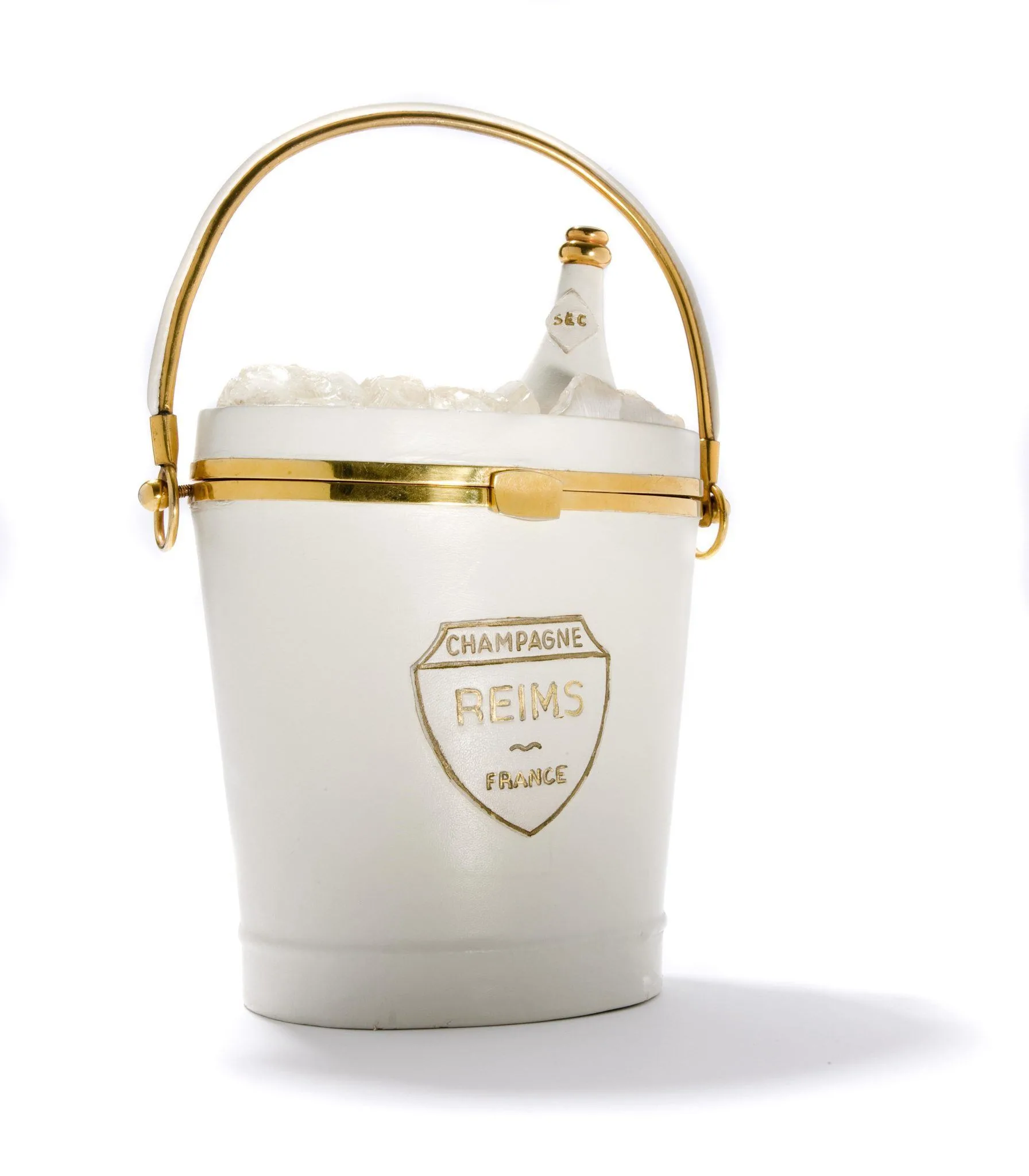
Items on display go beyond distinctive shapes to those made of uncommon materials. The Museum of Bags and Purses (known as Tassenmuseum Hendrikje in Dutch) has a group of bags from the early 20th century made of exotic animal skins and hides, many of which have been donated because their owners were uncomfortable continuing to have them.
A leopard and leather bag from Botswana is as striking for its rarity as its design. The elephant bag just makes me sad. Other items are made of snakeskin, ivory, zebra, stingray, and a variety of different skins. Though they are certainly no longer politically correct, the museum positions them to show their place in the history of design.
Of course the heart of the museum is about the history of design, showing how changes in culture influence changes in the types of bags and purses people need and use. And with more than 5000 bags in the collection, there is a lot of history to see.
The oldest bag in the collection dates from the 16th century. Interestingly enough, it’s a man’s bag – a practical solution for carrying money and other items before clothes had pockets. Visitors can also see women’s “thigh pouches” from around this time. These bags, often worn in pairs, hung from the waist under the voluminous skirts that were in fashion. By the 17th century, men’s clothes got pockets, but women still wore pouches, carried their purses hanging from chains and hooks, or held their belongings in unattached pouches. Beautiful examples of all these items are on display in the museum.
The museum traces bags through their use as ways to disguise odor (i.e., sweetbags), as wedding gifts, and as political statements. You can even see bags that commemorate 19th century events, such as the first steamer to cross the Atlantic or the arrival of the first giraffe in France. All these people crossing oceans (and countries and states) on newfangled railways and ships needed new trunks and small hand luggage to make the trips. These small leather pieces with flat bottoms were the forerunners to today’s handbags.
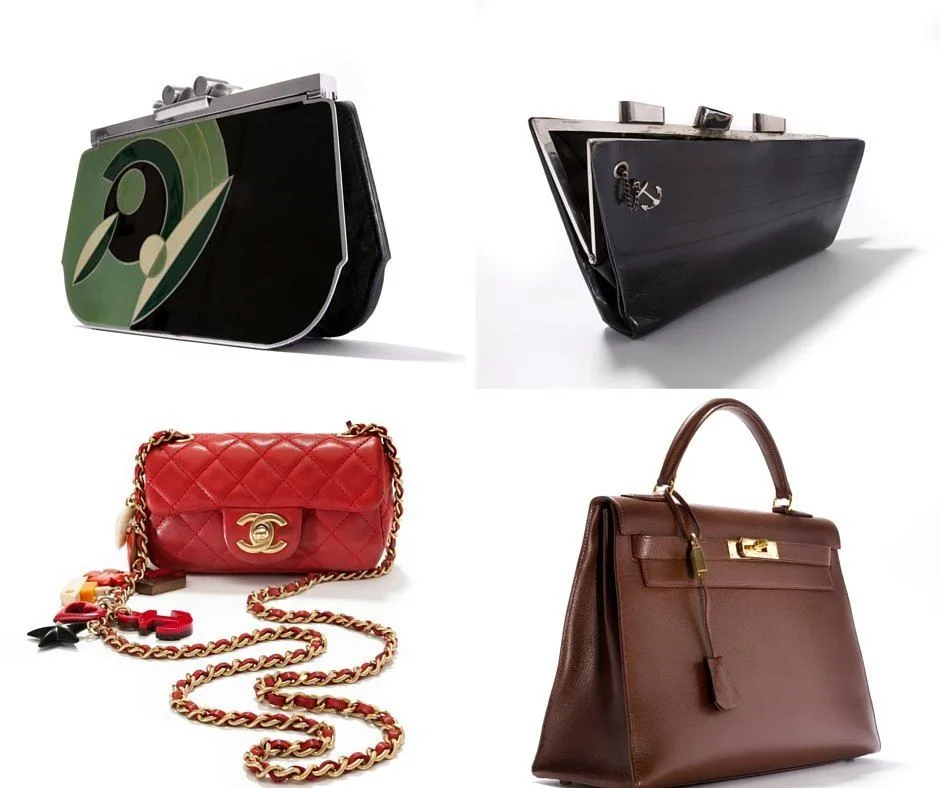
Some of the more familiar pieces in the purse museum are from recent times. Bags on display from the 20th century are made from a variety of new materials like plastics and lucite, and they reflect the changing needs of women who required accessories for everything from the office to evening. There are also brand name bags that demonstrate how purses have become a fashion statement and status indicator with the rise of designers like Chanel, Hermes, and Gucci, among many, many others. Needless to say, there’s lots to see here.
Once I make my way through the three floors of exhibits, it’s time to head to the museum’s cafe for high tea. In the front rooms that overlook the canal, visitors can appreciate the beauty of this space — a canal house that dates from 1666. As I enjoy my finger sandwiches and pastries — and especially my scone — I watch the boats glide by outside. Yes, this is definitely my kind of museum.
To learn more about things to do in Amsterdam, visit our other articles on the Netherlands.
Purse Museum Visiting Information
Location: Herengracht 573 in Amsterdam
Hours: 10:00am – 5:00pm daily
Tickets: Adult admission is €13; tickets for students are €10; admission is free with the Iamsterdam card
See the website for additional information about discounts and logistics.
I was the guest of Iamsterdam and the Museum of Bags and Purses, and I stayed at the NH Amsterdam Zuid. All opinions of the unusual, intricate, and tasty are my own.
Laura Longwell is an award-winning travel blogger and photographer. Since founding Travel Addicts in 2008, she has written hundreds of articles that help over 3 million people a year get the most out of their travel. In that time, she has visited nearly 60 countries on 5 continents, often returning to favorite destinations over and over again. She has a deep love of history, uncovering unexpected attractions, and trying all the good food a place has to offer.
In addition to Travel Addicts, Laura runs a site about her hometown of Philadelphia—Guide to Philly—which chronicles unique things to do and places to see around southeastern Pennsylvania. Her travel tips and advice appear across the web.

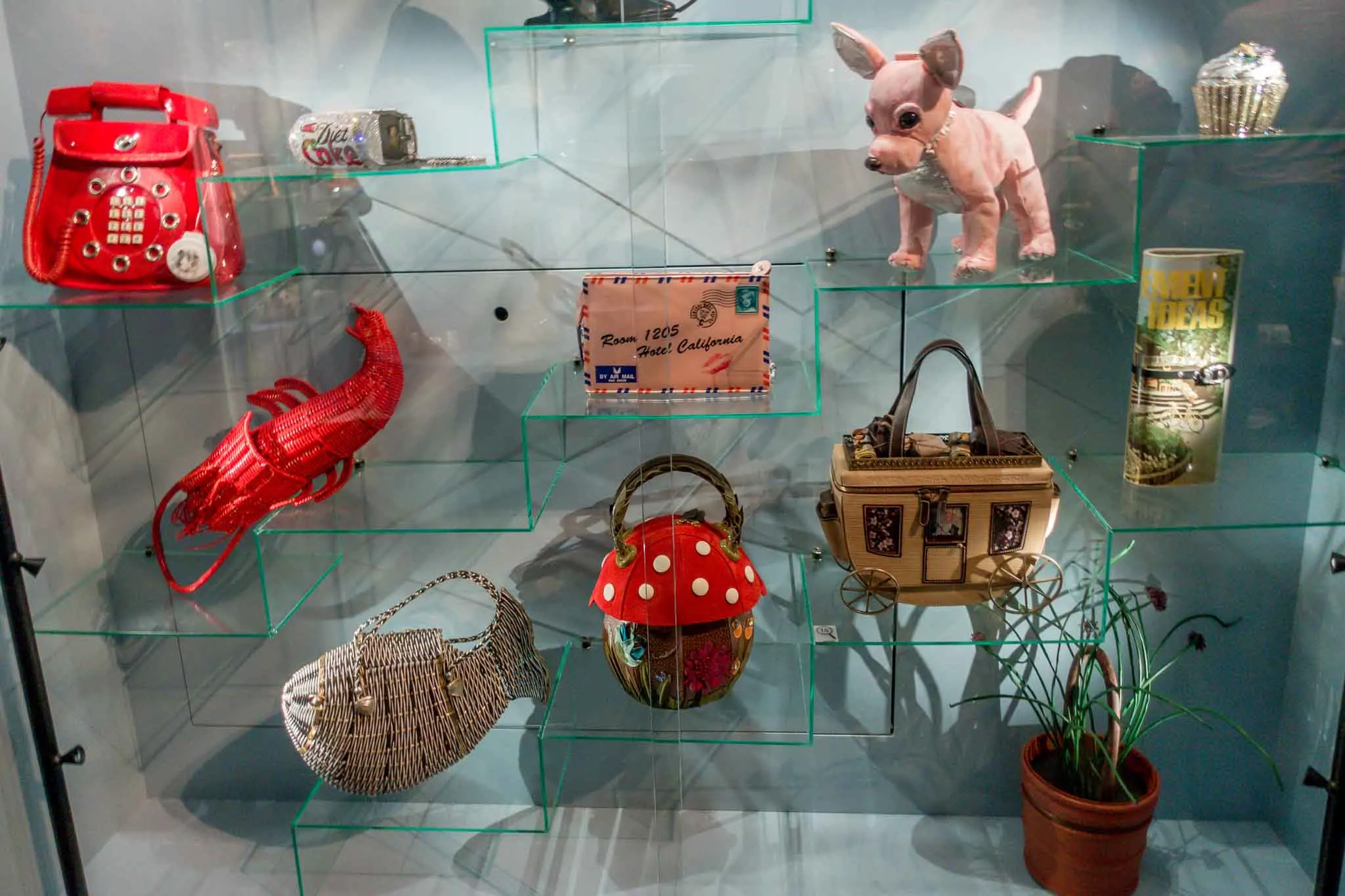
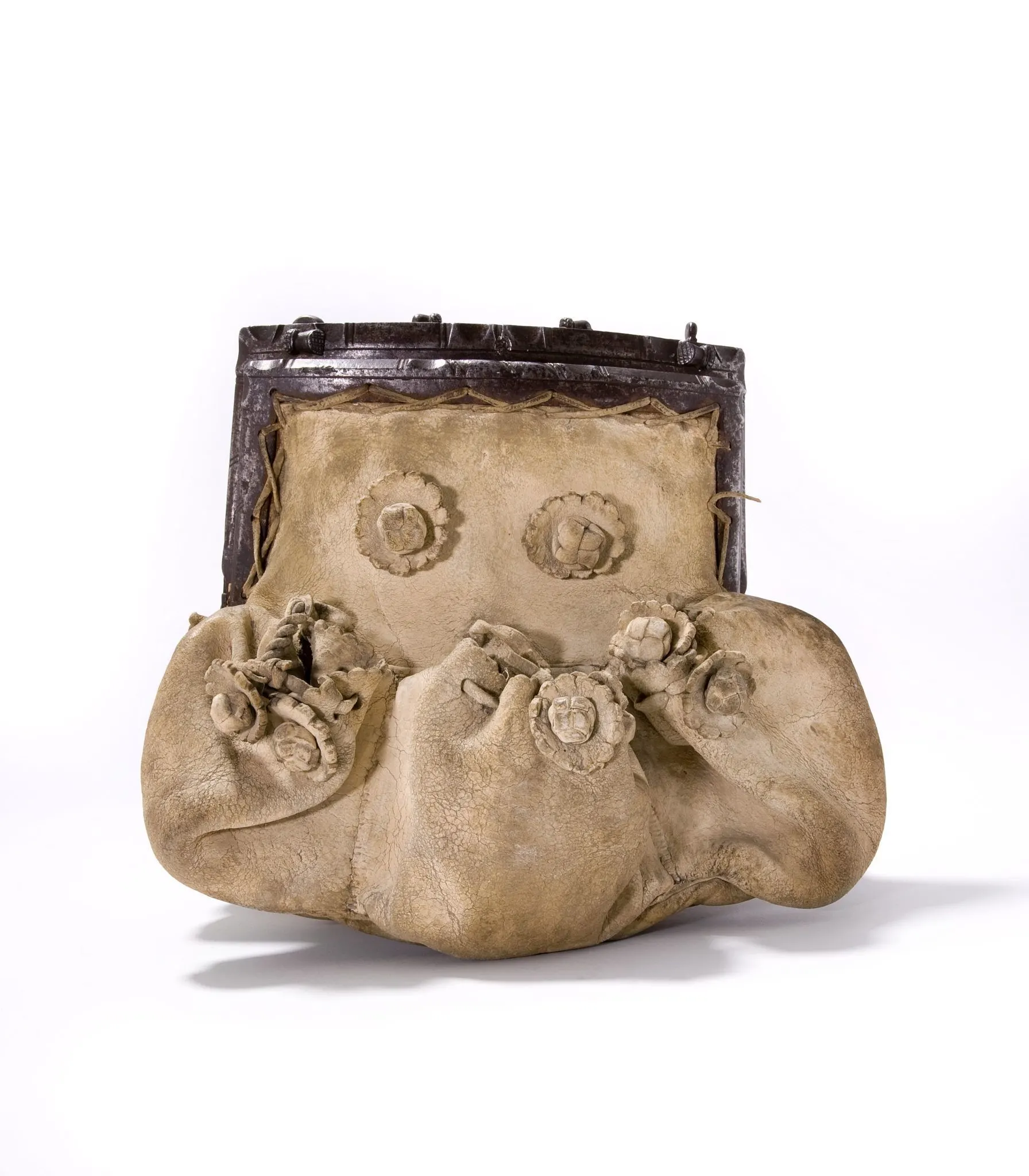
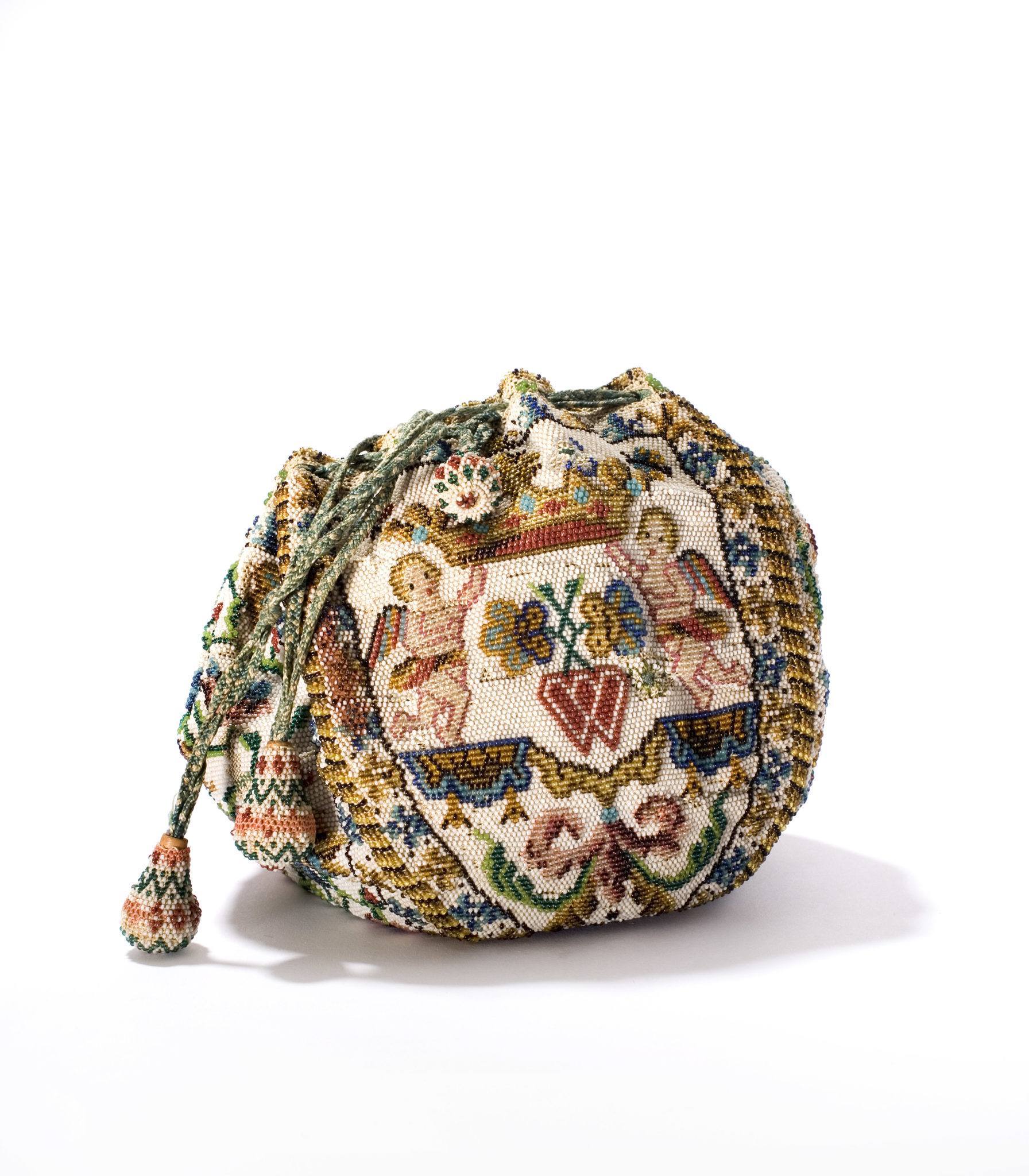
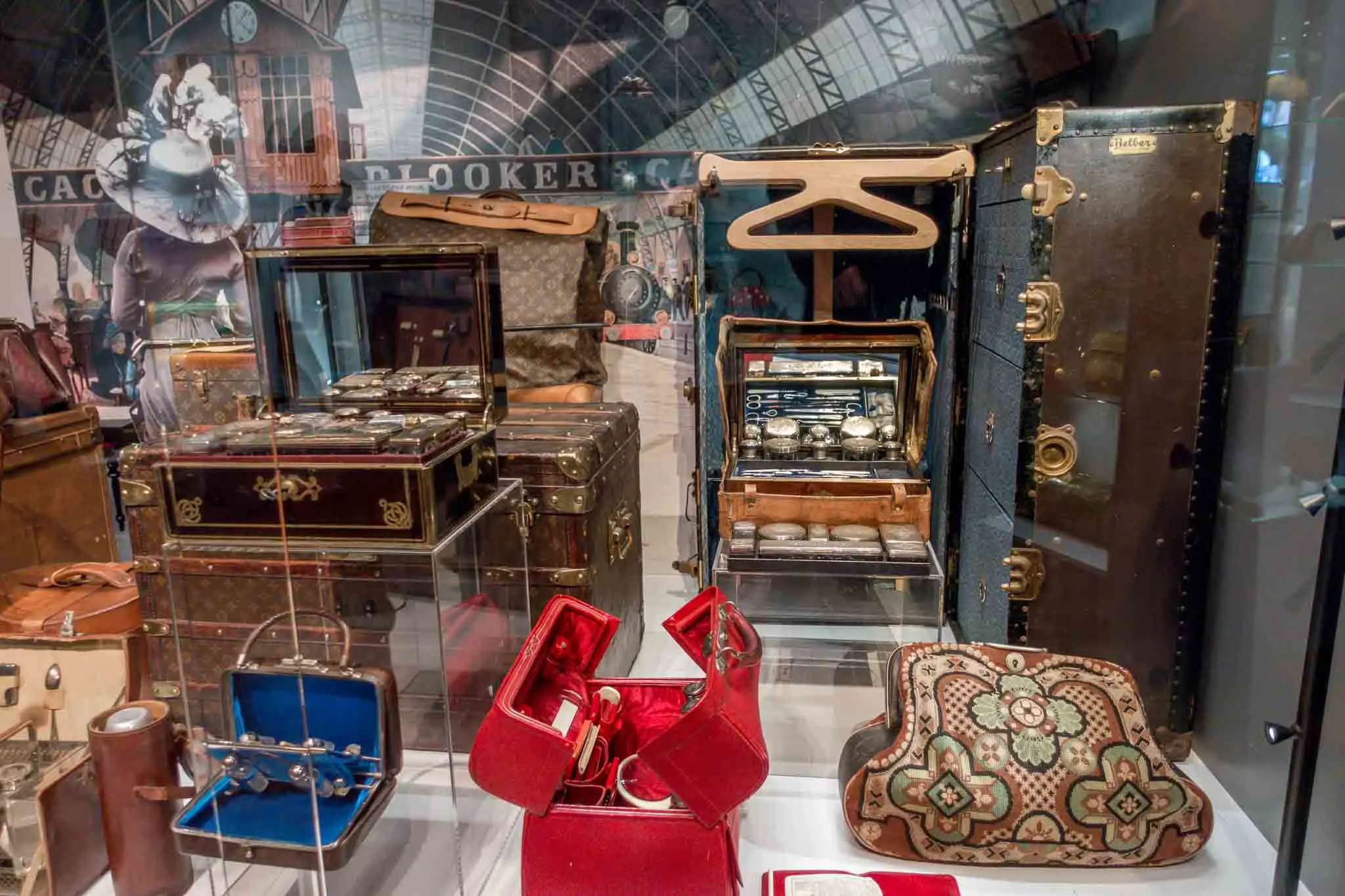
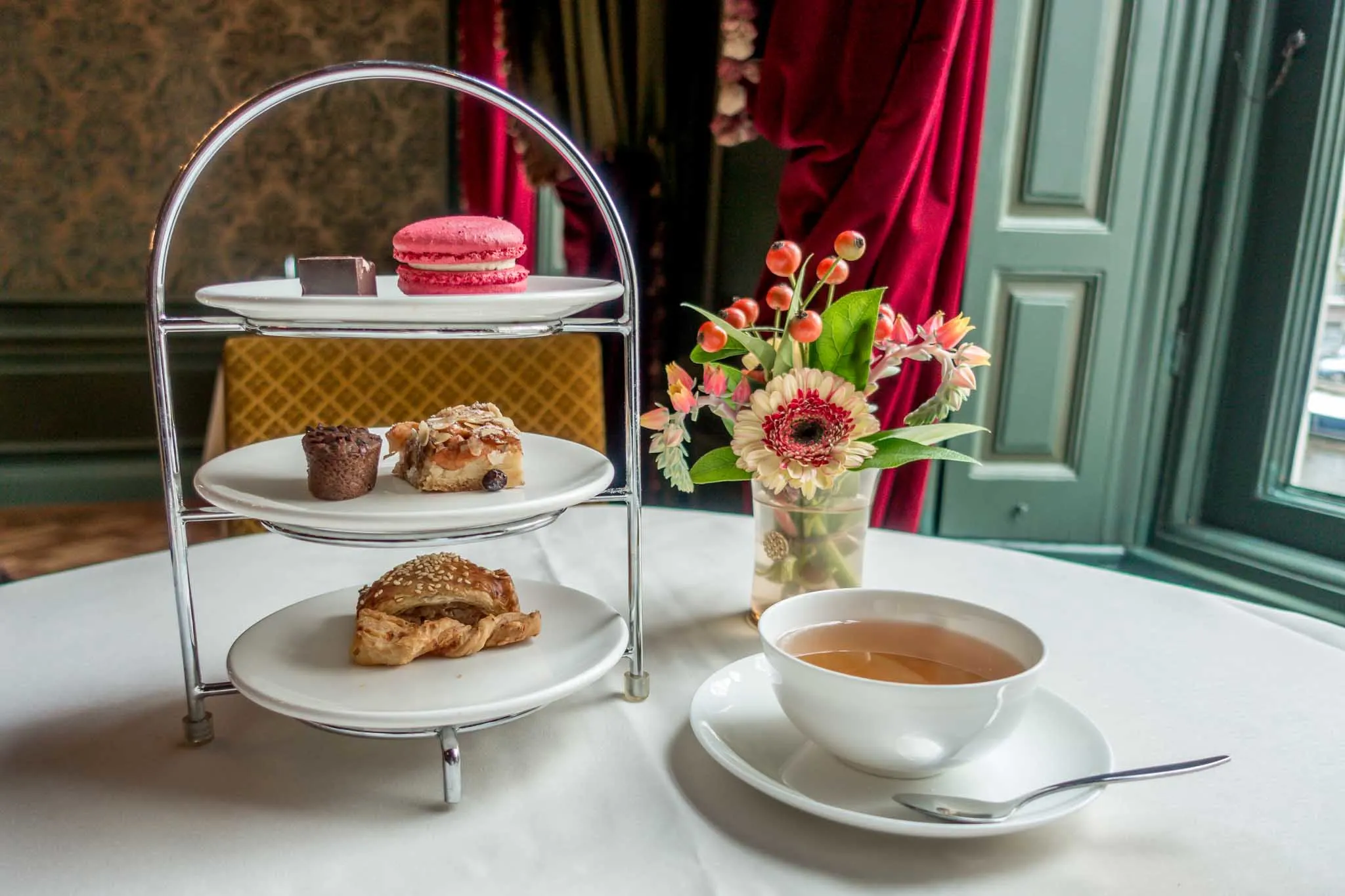
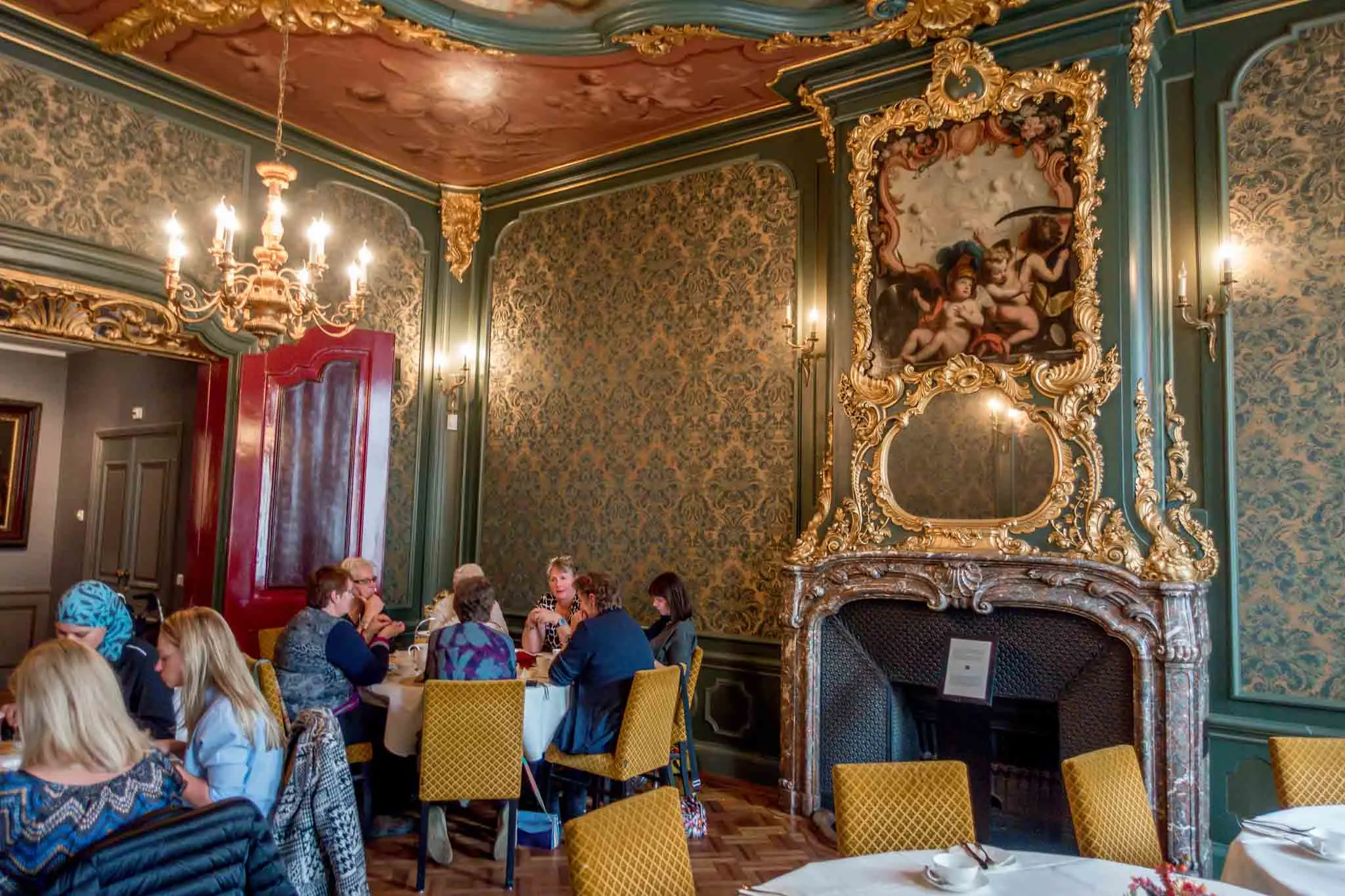
Steve
Friday 1st of October 2021
Can can you help us source of paper bag that we bought and Amsterdam either at your museum or the Museum of Amsterdam the bag is printed and we use it as a laundry bag Bought at concept shop 3-4 years ago
Paula
Tuesday 26th of January 2016
We visited this museum on our trip to Amsterdam and loved it!
Reba
Sunday 20th of December 2015
What amazingly unique handbags ... and high tea is an experience that shouldn't be missed! I'll have to to try out this place on my next visit to Europe...